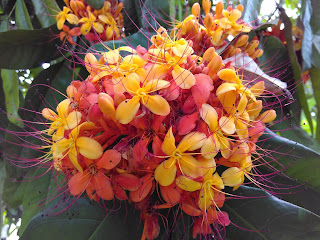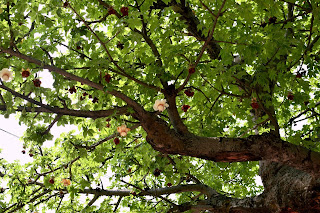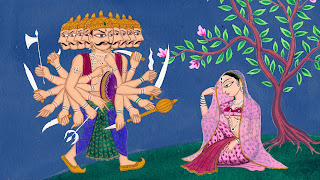Week 6 Lab: Storybook Research
The blossoms of the Ashoka tree
Image Link
Information for my trees:
Mango
The trees live a very long time, some even produce fruit for 300 years. Mango cultivation has been seen in Asia for thousands of years. It is only in more modern history that it has been associated with Latin America. India is the largest producer of mangoes, but 99% of that production is consumed in India. It is the national fruit of India and the yearly harvesting is often covered by the news. The mango tree, leaves, and fruit are used in art, worship, celebrations, weddings, festivals, and more.
Information Link 1
Banyan
The Banyan tree can also live a long life, many of the famous ones found in India are over 200 years old. The Great Banyan tree found in Kolkata is so large it looks more like a forest than a single tree.
Its large size provides plenty of shade during hot summer months. The Banyan tree was often the location where Hindu merchants conducted business. This sacred tree is the national tree of India and the god Krishna is believed to rest in the leaves.
Information Link 1, Link 2
Ashoka
The Ashoka tree is a rainforest tree known for its colorful foliage and flowers. It is considered sacred and is often planted in palaces, gardens, and temples across India. The Ashoka can be found in many traditions, rituals, and worships. Kamadeva, the Hindu god of love, has much association with the tree. The beloved Emperor Ashoka, known for his love of a diverse environment, shares a name with this tree.
Information Link 1, Link 2
Bodhi/Pipal
This tree has many different names but is most commonly known as the Bodhi or Peepal tree. Another long living tree, its average lifespan is 1,000 years but trees as old as 3,000 have been found. The sacred tree is a significant member of all three of the major religions founded on the Indian continent. Worship and meditation often takes place around the 'king of trees'.
Information Link 1



Comments
Post a Comment